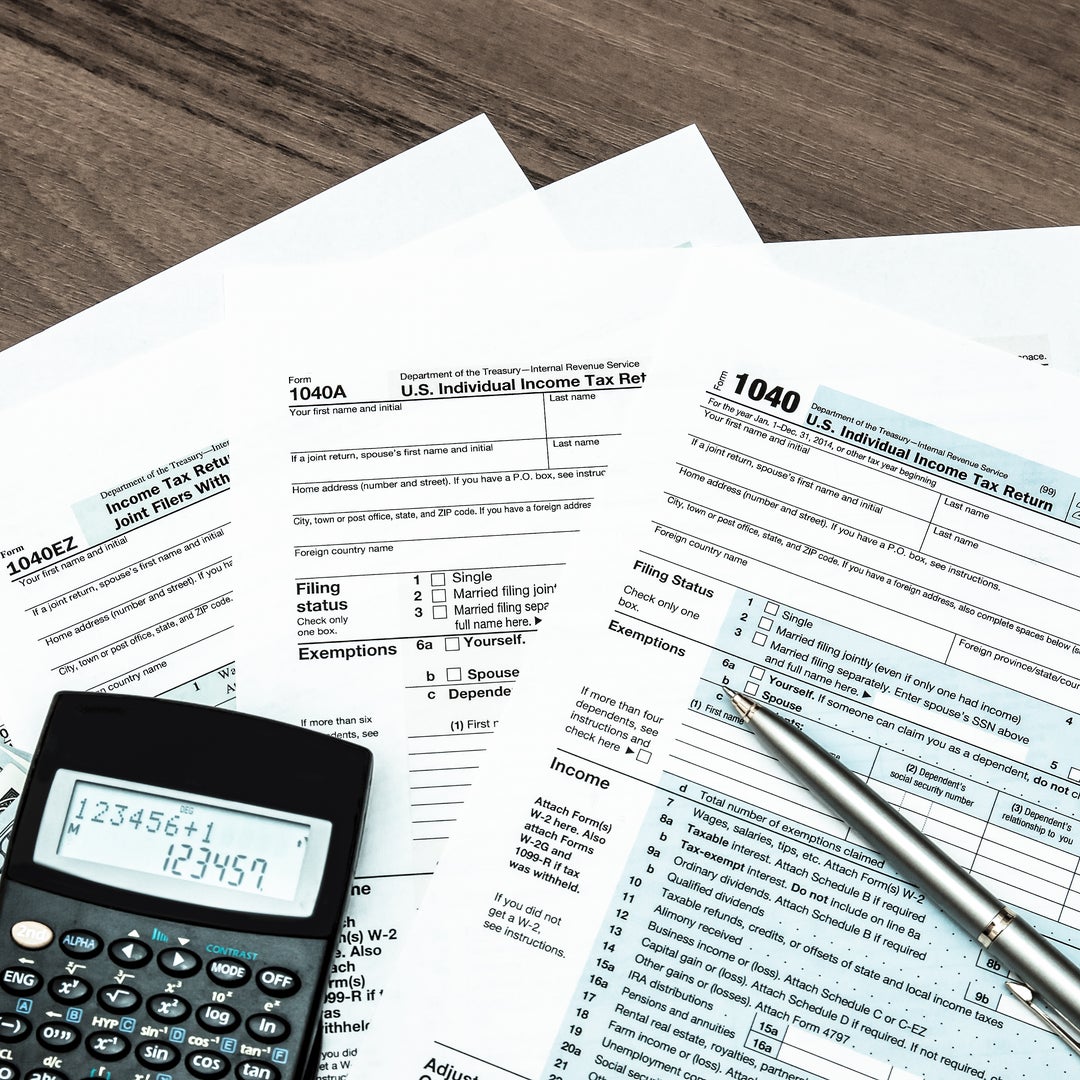Tax Brackets for 2022

Income tax brackets can change each year. They set how much you owe before any tax credits you might be eligible for are applied.
Your income tax bracket is based on two things: your taxable income and your filing status. As you get ready for this year's tax season, here are the tax brackets for the 2022 tax year, plus a quick look at how tax brackets work.
2022 tax brackets
Depending on your filing status, here's what to expect for the 2022 tax brackets, or the taxes you’ll be filing in 2023, including the marginal tax rate and how much tax you'll owe:
Single filers
|
Tax rate |
Taxable income |
Tax owed |
|
10% |
$0 to $10,275 |
10% of taxable income |
|
12% |
$10,276 to $41,775 |
$1,027.50 plus 12% of the amount over $10,275 |
|
22% |
$41,776 to $89,075 |
$4,807.50 plus 22% of the amount over $41,775 |
|
24% |
$89,076 to $170,050 |
$15,213.50 plus 24% of the amount over $89,075 |
|
32% |
$170,051 to $215,950 |
$34,647.50 plus 32% of the amount over $170,050 |
|
35% |
$215,951 to $539,900 |
$49,335.50 plus 35% of the amount over $215,950 |
|
37% |
$539,901 or more |
$162,718 plus 37% of the amount over $539,900 |
Head of household
|
Tax rate |
Taxable income |
Tax owed |
|
10% |
$0 to $14,650 |
10% of taxable income |
|
12% |
$14,651 to $55,900 |
$1,465 plus 12% of the amount over $14,650 |
|
22% |
$55,901 to $89,050 |
$6,415 plus 22% of the amount over $55,900 |
|
24% |
$89,051 to $170,050 |
$13,708 plus 24% of the amount over $89,050 |
|
32% |
$170,051 to $215,950 |
$33,148 plus 32% of the amount over $170,050 |
|
35% |
$215,951 to $539,900 |
$47,836 plus 35% of the amount over $215,950 |
|
37% |
$539,901 or more |
$161,218.50 plus 37% of the amount over $539,900 |
Married, filing jointly
|
Tax rate |
Taxable income |
Tax owed |
|
10% |
$0 to $20,550 |
10% of taxable income |
|
12% |
$20,551 to $83,550 |
$2,055 plus 12% of the amount over $20,550 |
|
22% |
$83,551 to $178,150 |
$9,615 plus 22% of the amount over $83,550 |
|
24% |
$178,151 to $340,100 |
$30,427 plus 24% of the amount over $178,150 |
|
32% |
$340,101 to $431,900 |
$69,295 plus 32% of the amount over $340,100 |
|
35% |
$431,901 to $647,850 |
$98,671 plus 35% of the amount over $431,900 |
|
37% |
$647,851 or more |
$174,253.50 plus 37% of the amount over $647,850 |
Married, filing separately
|
Tax rate |
Taxable income |
Tax owed |
|
10% |
$0 to $10,275 |
10% of taxable income |
|
12% |
$10,276 to $41,775 |
$1,027.50 plus 12% of the amount over $10,275 |
|
22% |
$41,776 to $89,075 |
$4,807.50 plus 22% of the amount over $41,775 |
|
24% |
$89,076 to $170,050 |
$15,213.50 plus 24% of the amount over $89,075 |
|
32% |
$170,051 to $215,950 |
$34,647.50 plus 32% of the amount over $170,050 |
|
35% |
$215,951 to $323,925 |
$49,335.50 plus 35% of the amount over $215,950 |
|
37% |
$323,926 or more |
$87,126.75 plus 37% of the amount over $323,925 |
Calculating your taxable income for brackets
The taxable income in the tables above isn't just a tally of everything you earned in a year — it's a little more complicated than that. Here's how to calculate your taxable income.
-
Start with your gross income — the amount on your paycheck before any taxes or other withholdings are taken out. Make sure you consider all sources of income, including any you earn from side hustles or other sources.
-
Then, you'll figure out your adjusted gross income, or AGI. This can reduce your gross income with some "adjustments," like subtracting certain retirement contributions or other tax-deductible expenses from your gross income.
-
Calculate your tax deductions — you may choose to take the standard deduction or itemize your deductions.
-
Subtract these deductions from your AGI to find your taxable income.
Your gross income will likely be higher than your adjusted gross income, which can be higher than your taxable income, depending on the adjustments and deductions you qualify for. This difference is important because your taxable income can mean the difference between a higher or lower tax rate.
How tax brackets work
The tax rates in the tables are "marginal rates." What does this mean? You apply each bracket's marginal rate as you go and the rate increases as you work your way up the taxable income ladder.
Let's take a look at an example to see this in practice. For married couples filing jointly with a taxable income of $300,000, here's how you'd calculate it using the married, filing jointly table above:
-
Multiply 10% by the first $20,550 of your taxable income, giving you $2,055.
-
Multiply 12% by the difference between $20,551 and $83,550, giving you $7,560.
-
Multiply 22% by the difference between $83,551 and $178,150, giving you $20,812.
-
Multiply 24% by the difference between $178,151 and $300,000, giving you $29,244.
-
Add up the amounts for each bracket, giving you a total of $59,671.
Once you get your total, then you can subtract any tax credits that you're eligible for. If you qualify for $6,000 in credits, for example, your tax bill will be $53,671. Then, you can divide that by $300,000 to get an effective tax rate of 17.9%.
Whether or not you actually owe taxes will depend on how much was withheld from your paychecks throughout the year or how much you made in estimated payments.
Tax brackets vs. flat tax rate
The IRS uses a progressive tax system rather than a flat tax rate for all taxpayers. This setup ensures that taxpayers with higher incomes have a larger share of the tax burden than taxpayers with lower incomes.
If there were a flat tax, all taxpayers would pay the same percentage, regardless of their income. While higher-income taxpayers will still pay more, they're not paying a disproportionate share of their income when filing their tax returns.
While the federal government has historically favored a progressive tax system based on income tax brackets, many states have a flat tax rate regardless of income brackets.
This material has been presented for informational and educational purposes only. Acorns is not engaged in rendering any tax, legal, or accounting advice. Please consult with a qualified professional for this type of advice.








